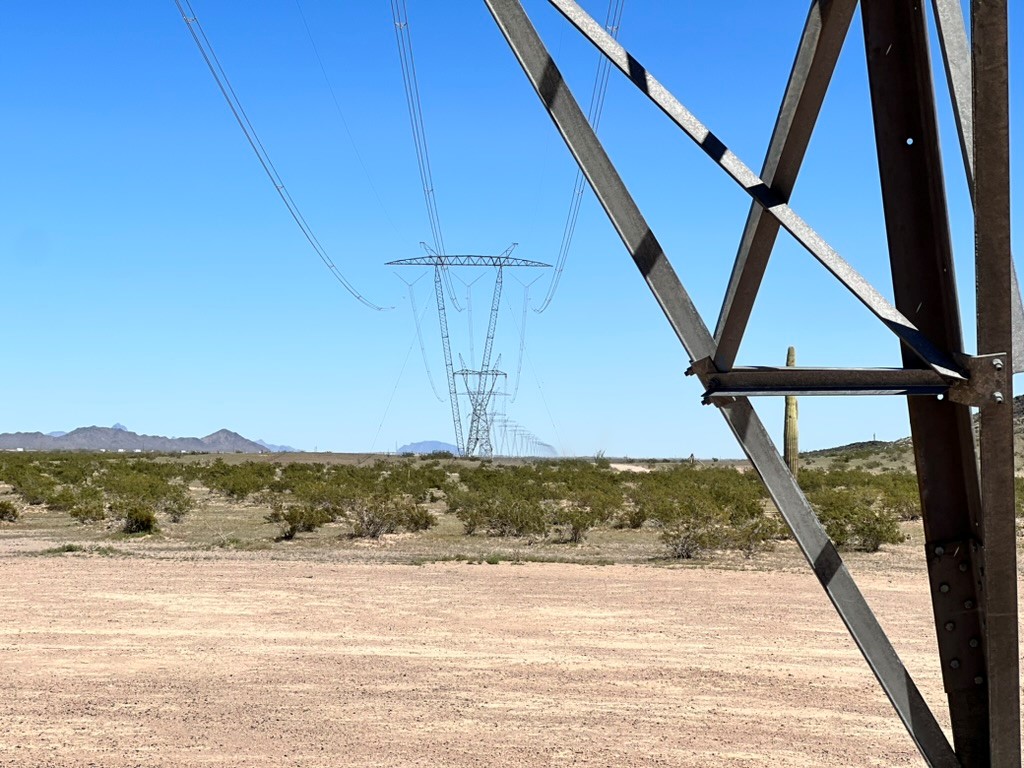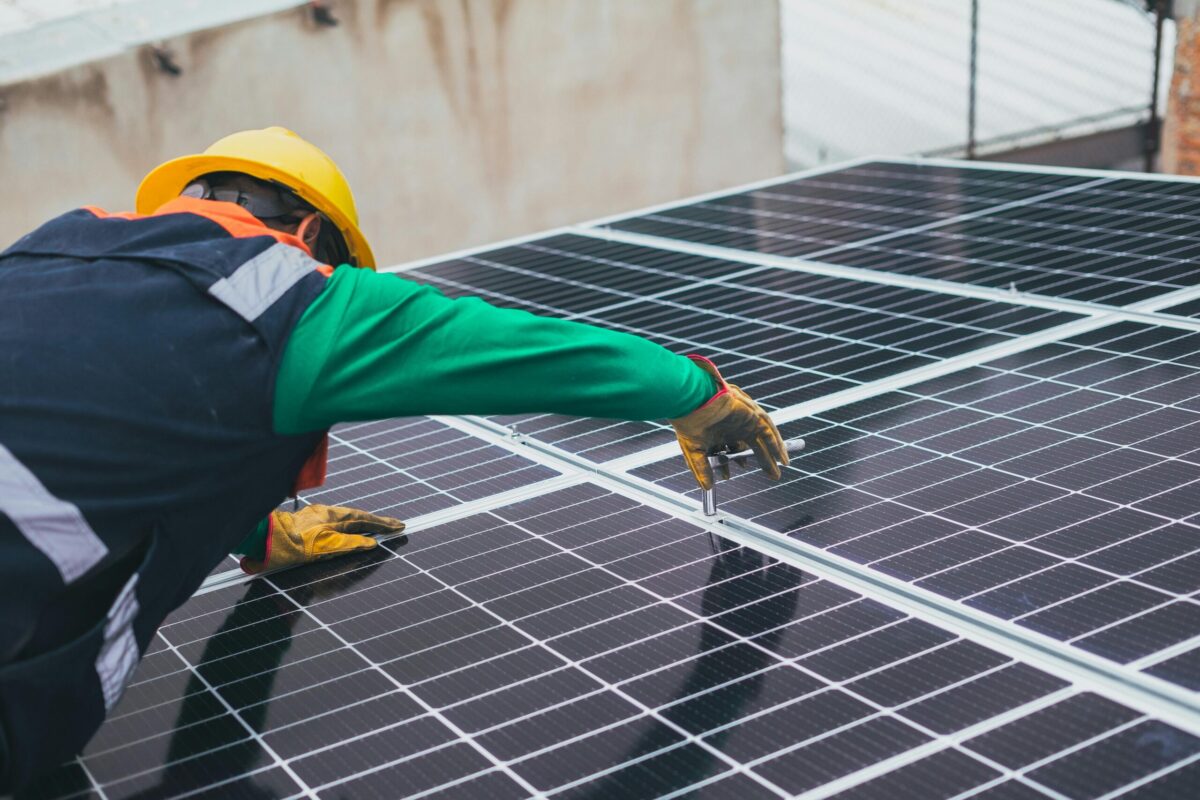As part of Earth Week announcements from the White House, President Biden announced the ambition to upgrade 100,000 miles of transmission lines over the next five years.
Funding is available through the Grid Resilience and Innovation Partnership (GRIP) program, which recently closed applications for up to $2.7 billion in DOE grant funding under a second round. The intention of the program is to fund projects that will upgrade and modernize the transmission and distribution system to increase reliability and resilience to prepare the grid for extreme weather as well as to ensure delivery of affordable, clean electricity to all communities across the nation.
Last October White House Infrastructure Implementation Coordinator Mitch Landrieu and Secretary of Energy Jennifer M. Granholm announced $3.46 billion in the first round of GRIP funding, which went to 58 projects across 44 states to strengthen electric grid resilience and reliability across America. Read about the program and its recipients here.
Transmission upgrades will include deploying modern grid technologies such as high-performance conductors and dynamic line ratings that enable existing transmission lines to carry more power.
Recent research from University of California, Berkeley and the consultancy GridLab found that large-scale reconductoring, for example, can unlock renewables near the existing transmission network. The study projected that the optimal added transmission capacity by 2050, allowing for reconductoring, would be about 110,000 GW-miles with restricted buildout or about 210,000 GW-miles with unrestricted buildout. The U.S. Department of Energy has estimated that 54,500 GW-miles of additional within-region transmission capacity is needed for a clean grid.
These efforts align with the move to clean energy as supported by the Inflation Reduction Act and the Bipartisan Infrastructure Law.
An example of a recently completed transmission infrastructure project is the Ten West Link transmission line, which will play an important role in transmission of electricity from the 25 GW of solar, wind and geothermal permitted on public lands by 2025. The line has begun transmitting electricity and is expected to increase reliability and unlock more than 3.2 GW of capacity from solar projects.
Vice President Kamala Harris attended the ceremony marking the start of construction of the transmission line and commented on its significance.
“America is at the start of an historic transition away from fossil fuel plants that pollute our communities and toward cleaner and safer energy sources. To create this clean energy future, we must construct thousands of miles of new high-voltage transmission lines all across our country, said Harris. “All of this also creates jobs — good paying jobs, union jobs. Jobs for IBEW linemen who will build and repair these lines. Jobs for young people looking to start a career in clean energy and the clean energy economy. Jobs that will help our nation finally take on the climate crisis as the crisis that it is.”
Construction of the transmission line at its peak, will bring more than 350 jobs to the region, including more than 250 union construction jobs. As the Ten West Link facilitates new development of renewable energy and energy storage in the rapidly growing Desert Southwest region, it will bring the potential for countless additional jobs.
This content is protected by copyright and may not be reused. If you want to cooperate with us and would like to reuse some of our content, please contact: editors@pv-magazine.com.









By submitting this form you agree to pv magazine using your data for the purposes of publishing your comment.
Your personal data will only be disclosed or otherwise transmitted to third parties for the purposes of spam filtering or if this is necessary for technical maintenance of the website. Any other transfer to third parties will not take place unless this is justified on the basis of applicable data protection regulations or if pv magazine is legally obliged to do so.
You may revoke this consent at any time with effect for the future, in which case your personal data will be deleted immediately. Otherwise, your data will be deleted if pv magazine has processed your request or the purpose of data storage is fulfilled.
Further information on data privacy can be found in our Data Protection Policy.